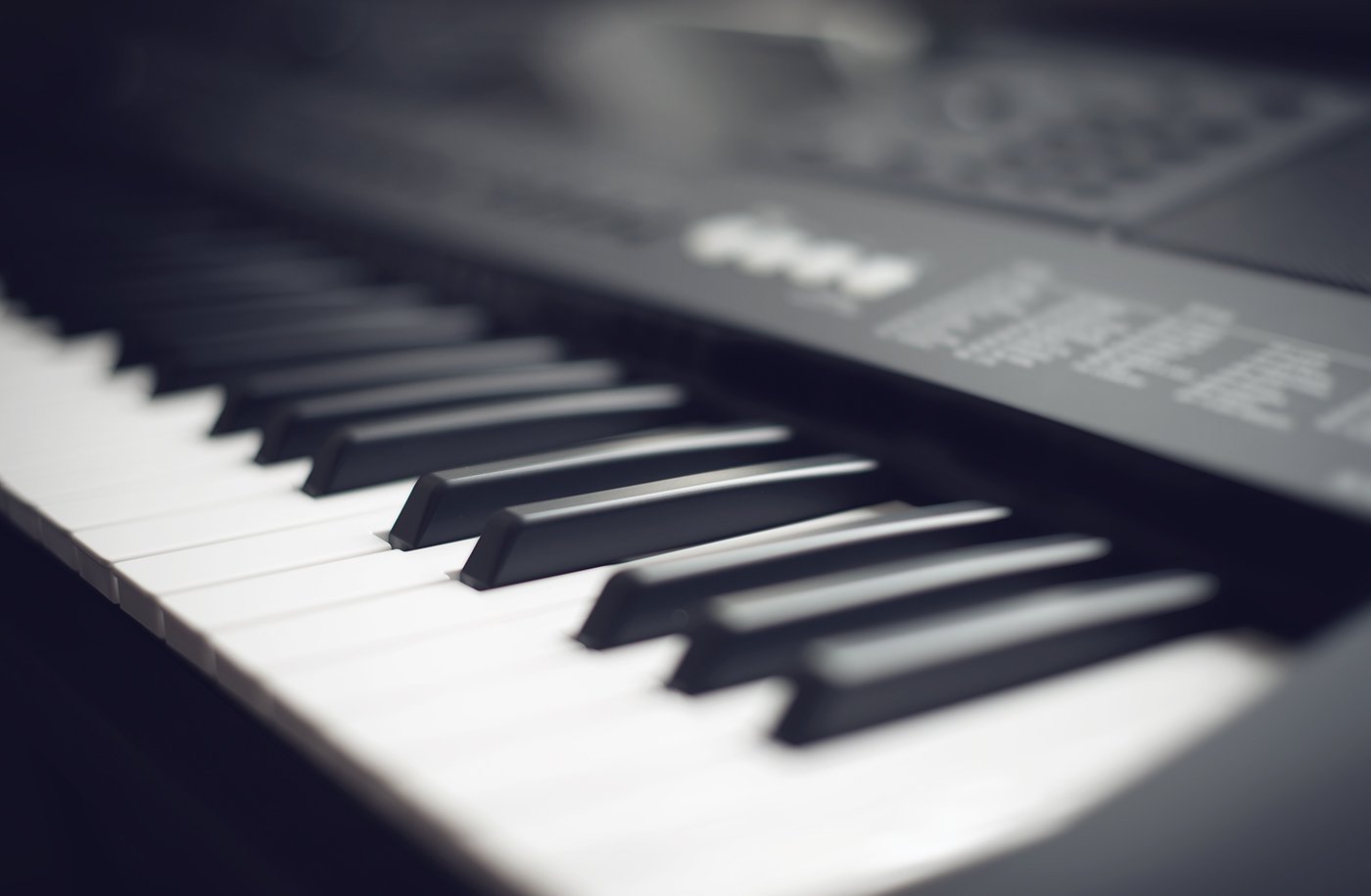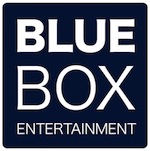
Recordings that are done in one take without overdubbing or multi-tracking are termed “live”,[46] even when done in a studio.[47] However, the common understanding of a “live album” is one that was recorded at a concert with a public audience,[48] even when the recording is overdubbed or multi-tracked.[49] Concert or stage performances are recorded using remote recording techniques. Albums may be recorded at a single concert, or combine recordings made at multiple concerts.
They may include applause, laughter and other noise from the audience, monologues by the performers between pieces, improvisation, and so on. They may use multitrack recordingdirect from the stage sound system (rather than microphones placed among the audience), and can employ additional manipulation and effects during post-production to enhance the quality of the recording.
Music and Recording
Notable early live albums include the double album of Benny Goodman, The Famous 1938 Carnegie Hall Jazz Concert, released in 1950.[50] Live double albums later became popular during the 1970s. Appraising the concept in Christgau’s Record Guide: Rock Albums of the Seventies (1981), Robert Christgau said most “are profit-taking recaps marred by sound and format inappropriate to phonographic reproduction (you can’t put sights, smells, or fellowship on audio tape). But for Joe Cocker and Bette Midler and Bob-Dylan-in-the-arena, the form makes a compelling kind of sense.”[51]
